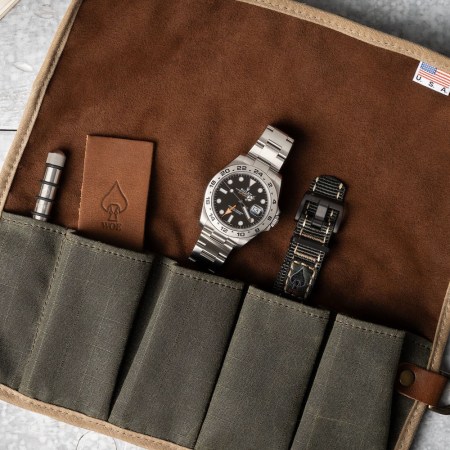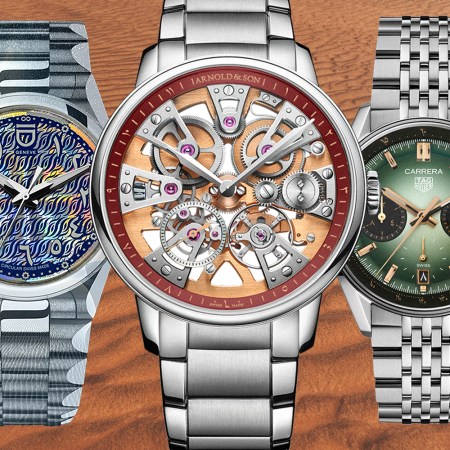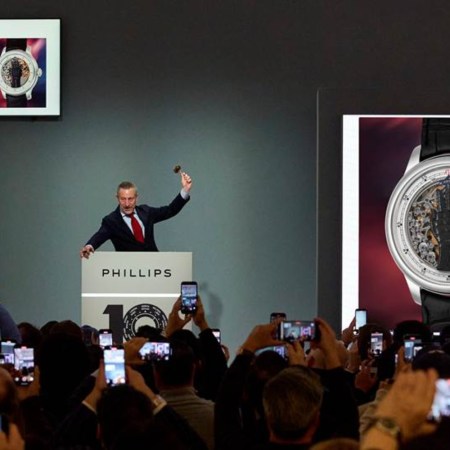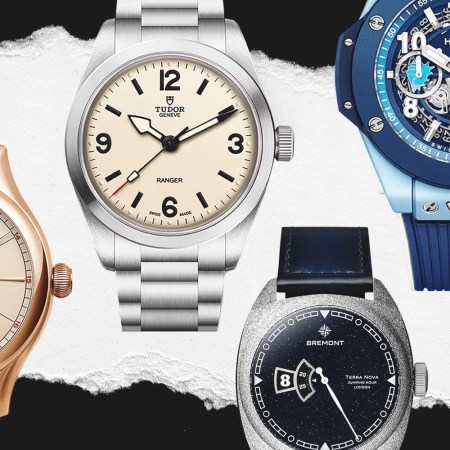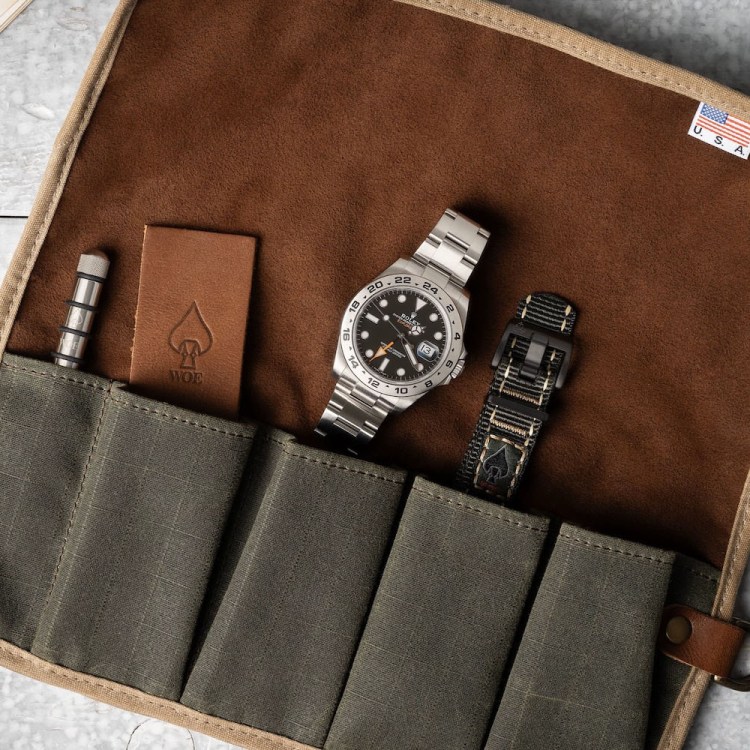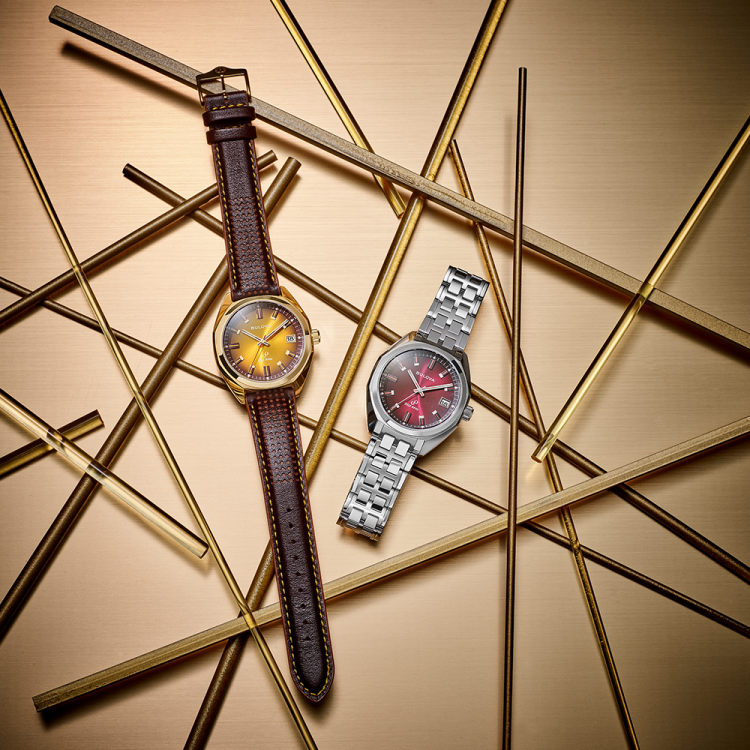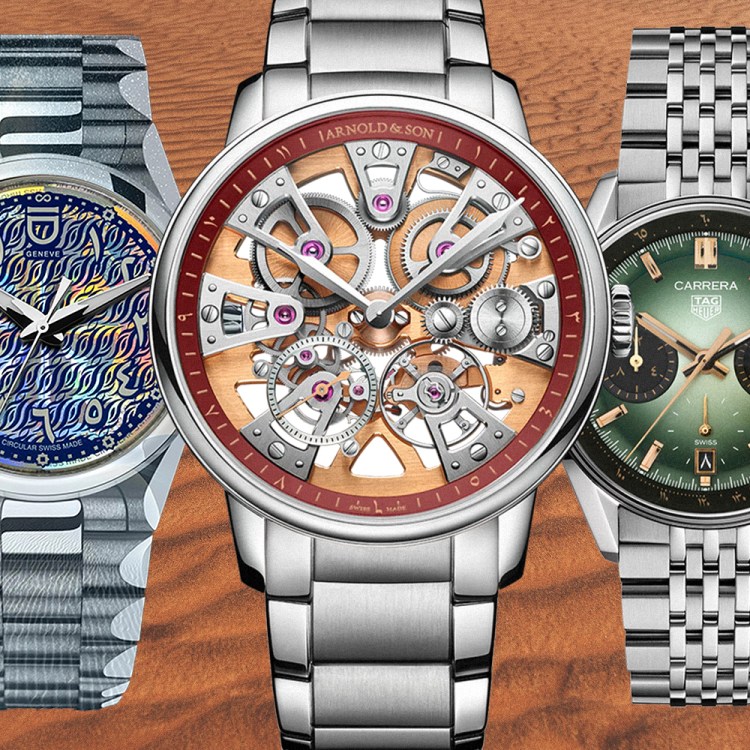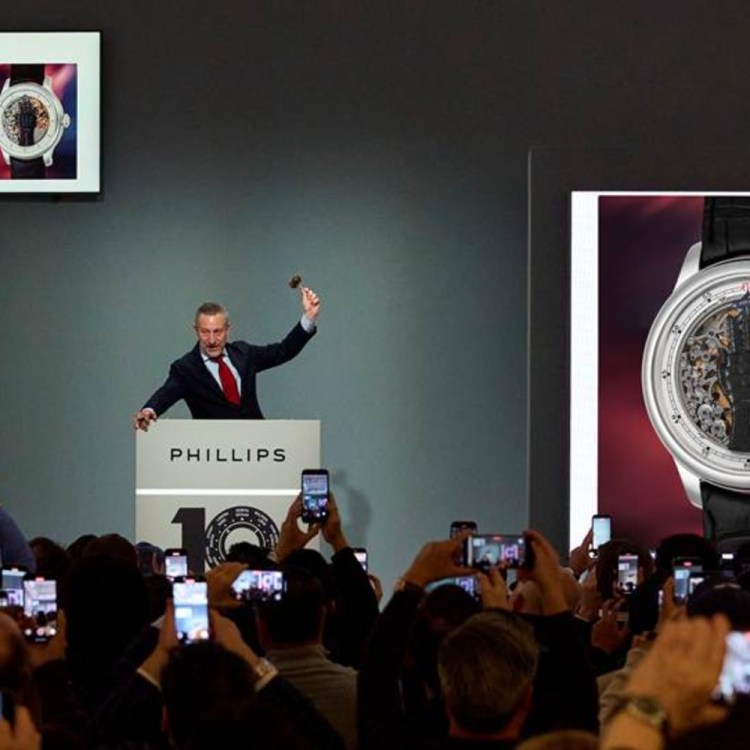Really, what’s left to say about Rolex? Enough to fill 194 pages, apparently.
That’s the rationale behind Rolex: The Impossible Collection, the most comprehensive and far-reaching history of the luxury watch brand ever written, now available.
A photo-heavy tome that encompasses both the brand’s most iconic timepieces as well as a few that have never appeared in print, Impossible serves as an ode to Rolex collectors worldwide.
The book was put together by luxury/arthouse publisher Assouline and Fabienne Reybaud, senior editor of watches and jewelry for the French newspaper Le Figaro. Together, they tracked down Rolex enthusiasts around the globe to complete the comprehensive brand profile, which stretches all the way back to 1905.
A few things we learned from the book:
- The mechanical “Paul Newman” that sold for $17.752 million in a 2017 auction? There were two final bidders, a frantic collector and a mystery phone buyer “who issued his instructions with Olympian calm — and won the day.” It also has “drive carefully” engraved on the back from the actor’s wife (Joanne Woodward), because Newman had been in a car accident the month before she bought it.
- They sent one watch to the top of Mt. Everest and the bottom of the Mariana Trench: a prototype Deep Sea Special with a domed hypertrophic lens that resembled a crystal ball.
- The 1957 Oyster Perpetual GMT-Master Ref. 6542 has been worn by the unlikely foursome of Brad Pitt, Fidel Castro, Pablo Picasso and Dizzy Gillespie.
- The funkiest Rolex? The “Mobutu,” a leopard-skinned Oyster Perpetual Cosmograph Daytona inspired by the toques worn by the former dictator of Zaire.
- The only Rolex chronograph to ever appear in a Bond film belongs to one-hit wonder George Lazenby (On Her Majesty’s Secret Service), who wore both the “Pre-Daytona” and Submariner models.
We also asked Reybaud, the author, a few questions about putting the book together.
InsideHook: When did you first get interested in Rolexes, and what drew you to them?
Fabienne Reybaud: I’ve been covering watches for more than 25 years for Le Figaro, and Rolex has always been one of the mysterious brands – able to trigger both passions and hatred. It took me many years for Rolex to trust me. When I was finally able to visit their production site, I was astonished because they were 20 years ahead of their time compared to the other brands in terms of movement and production.
IH: What is the most difficult or rarest Rolex to track down?
FR: Weirdly, there are a lot of rare models. If the brand always had an industrial production of hundreds of thousands of watches per year, it was never linear. What makes some pieces very rare is how some collectors fight about the minimal variations on faces, the origins of some models, the specific series, the kind of movement, the kind of gold, any kind of difference – no matter how small – could make a watch a rarity. And in every product line: the Oysters, the Submariners, the Daytonas…
IH: Do you have a personal favorite of the Rolexes you profile in this book?
FR: In the recent models, I love the 2018 Pepsi GMT Master: one of the most harmonious models that Rolex has made. In the older models, I have a special tenderness for the 1940-1950 moon phases.
This article appeared in an InsideHook newsletter. Sign up for free to get more on travel, wellness, style, drinking, and culture.

